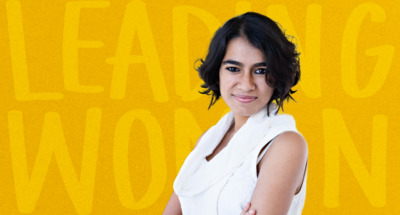My second favorite technology for the coming decade is quantum computing. The arrival of quantum computing (mostly a matter of when, not if) is bound to overcome the computational limitations of digital computing. Investments in quantum computing are also gaining traction: Worldwide investments in quantum technology start-ups reached their highest levels in 2022, at $2.35 billion, with approximately 68% of all investments in quantum technology since 2001 coming into the industry over the past two years, an indication of investor confidence in the technologies’ future potential.
Quantum computing will address existing optimization problems (e.g., finance, supply chain management, energy management, and transportation). Simulation capabilities will also dramatically increase. It will further advance machine learning, NLP, and cognitive computing/AI capabilities. An example could be enhanced computer vision going beyond facial recognition.
Quantum computing will also introduce new risks, e.g., new cybersecurity challenges, as traditional encryption methods are likely to become obsolete. Quantum computing even has the potential to raise questions about the security of blockchain technologies.
My third favorite technology is based on next-generation wireless communication networks (6G). These will arrive at the end of this decade and will bring significant advances in communication speeds (expect 100x faster than 5G networks). 6G will further enable the development of the metaverse and lead us closer to the creation of real-time, personalized 3D worlds.
Business applications can be found in the areas of education and training, mobility services, e-commerce, and healthcare provision3. Future wireless communications will also impact the way we connect online and interact with others, as well as with computers. Advances in this space could include more sophisticated and user-friendly forms of virtual, augmented, and extended reality. Multimedia-rich experiences such as holographic communication systems could move from the realm of science fiction and become part of everyday life.







